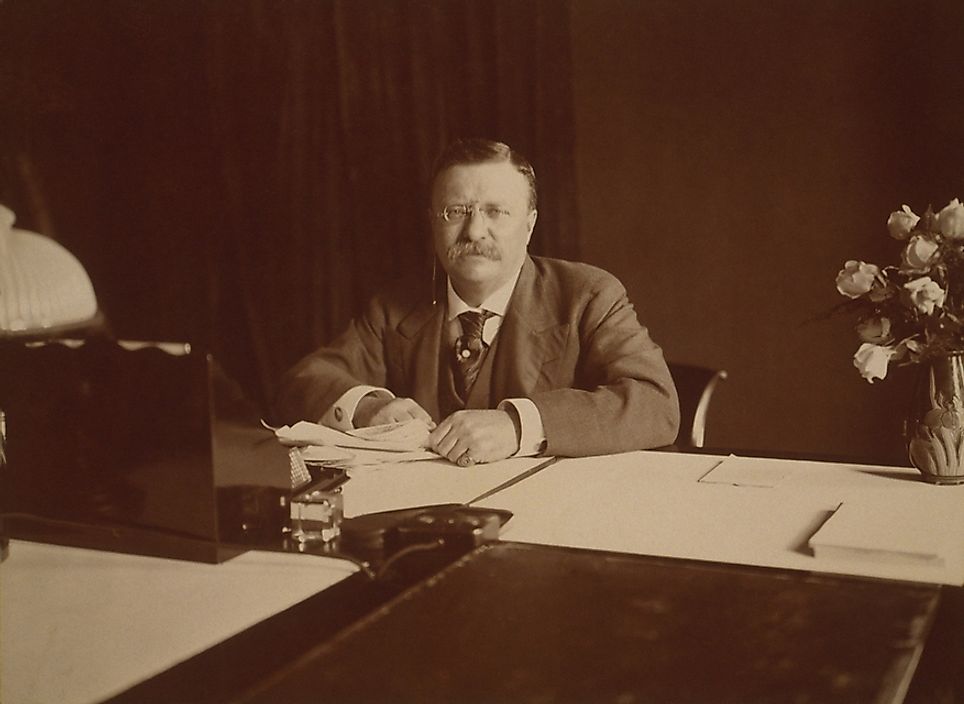Who Was the First US President to Visit a Foreign Country While in Office?

Introduction
Theodore Roosevelt was the first serving president of the United States to travel out of the country on official business. Although preceding presidents had traveled outside the United States on other diplomatic capacities, Roosevelt was the first to make a state visit while in office. On November 9, 1906, Roosevelt embarked on a 17-day trip to Panama and Puerto Rico to examine the construction progress of the Panama Canal. Roosevelt's visit signaled a new era in the way serving presidents formed diplomatic relations with other countries.
First Diplomatic Visit
In the 19th century, international travels by serving presidents were taboo according to American social conventions. The public did not want their presidents to exchange bows, visit grand palaces, and mingle with royalty from other countries. The American public only welcomed domestic travels by politicians, as it gave them an opportunity to interact with those they had elected. However, towards the beginning of the 20th century, federal policymakers began evaluating the country’s role in international affairs, thus commissioning the first state visit by President Teddy Roosevelt. During his political career, Roosevelt believed that countries, just like individuals, ought to pursue law, peace, and order as part of the strenuous life and maintain diplomatic stewardship with other countries.
Roosevelt took office in 1901 after the assassination of President William McKinley, and hoped to assert influence in Central and South America following his previous experiences in the region. In 1897, Roosevelt was appointed Secretary of the US Navy by President McKinley. During his term as Naval Secretary, Roosevelt commissioned the construction of the Panama Canal to connect the Pacific and Atlantic Oceans. He considered the canal a symbol of America's triumph in determination and technological know-how. The canal suffered major setbacks, including fatal accidents and disease outbreaks among construction workers, and as a result Roosevelt demanded improvements in the working conditions, including the provision of better healthcare. A photo of the president working the controls of a large steam shovel rekindled morale for the canal's completion. Construction of the canal is considered his greatest accomplishment as president.
After his visit to the Panama Canal, Roosevelt visited Puerto Rico and recommended that the country’s citizens become US citizens, but that Puerto Rico remain autonomous. In 1900, President McKinley promised to establish a civilian government in the country after the Spanish-American War. After McKinley’s assassination in 1901, Roosevelt took over the stewardship of Puerto Rico, making the island an autonomous country without US occupation. His wish was executed in 1916 during the reign of President Wilson Woodrow, through the Jones Act that made Puerto Ricans official US citizens, while preserving the island's autonomy. Upon completion of his visit, Roosevelt returned to the US on November 26, 1906.
Modern Diplomatic Visits
After the Second World War, international visits by Presidents of the United States became a valuable part of American diplomacy and international relations. In the 21st century, international travels have become complicated undertakings that require months of planning, as well as a great deal of coordination between states.











